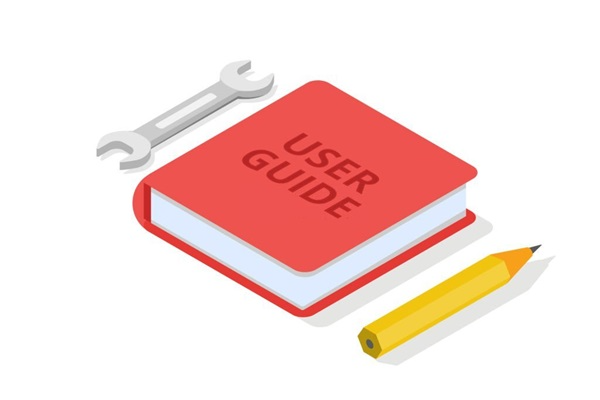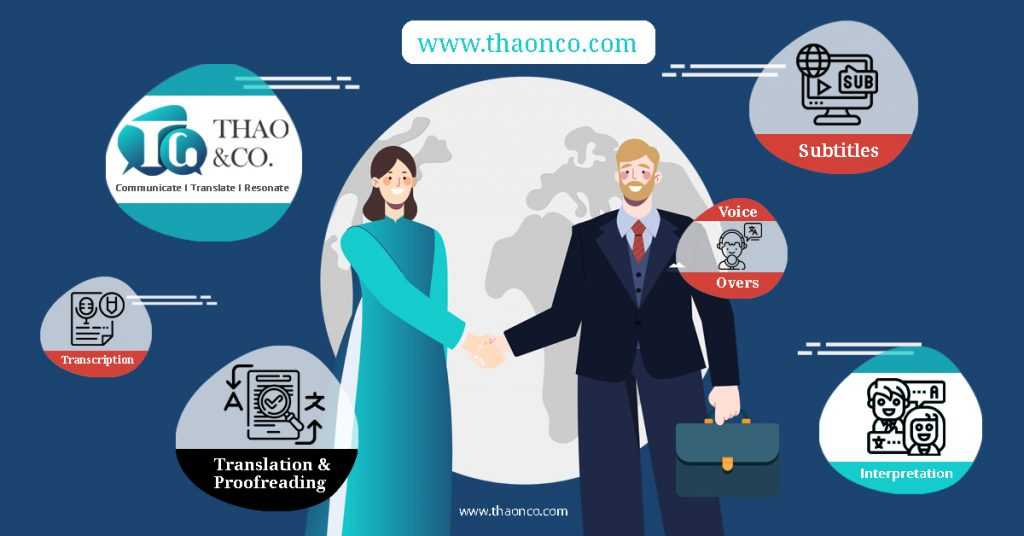How many types of technical translation are there? In the field of technical translation, precision is always required, and translators need to have extensive knowledge and specialized skills. In addition, converting technical information from the source to the target language requires absolute meticulousness and accuracy to ensure that the technical information and nuances remain unchanged.
In this article, let’s explore with Thao & Co. Translation Company the 12 most common types of technical words’ translation nowadays. Expert linguists, drawing upon their extensive experience and knowledge, categorize technical translations based on their significance, applicable domains, and industry-specific requirements.
Technical translation is a field that calls for expertise and high-level skills to accurately convey technical terms, concepts, and ideas from one language to another.
In today’s landscape, various industries demand technical translation services, spanning fields such as mechanics, electronics, construction, chemistry, energy, and beyond. In every industry, translators must grasp both fundamental and intricate terminology, along with specific processes and standards.
In technical words’ translation, precision is paramount. Even a minor error can result in serious consequences for a project. Therefore, translators need to have a proper understanding of the document’s terms and concepts and apply them with precision throughout the translation process.
Here are the 12 most common types of technical translation nowadays:
Translating technical manuals is crucial for product and service development. This is the priority for companies with a global presence or those providing services to international clients. Providing technicians with instructions on how to use machines, equipment, or software can significantly enhance their operational efficiency.
When translating technical manuals, it is advisable for translators to focus on the main content and adhere to specific requirements. The translated content must be both precise and comprehensible, enabling users to effectively utilize the products.
The translation of technical training materials aims to enrich the knowledge and skills of the readers.
To translate technical training materials, translators need to master technical terminology and understand the document’s content. The translation should also meet technical requirements and ensure professionalism and reliability.
Translating user guides is one of the most requested technical words’ translation services today. These documents are used to explain how to use a company’s product. Therefore, translations have to be accurate, clear, and user-friendly for consumers.

Ensuring workplace safety regulations is crucial in every industry. They are created to help businesses ensure the safety of employees. However, safety regulations are often written in technical language, which makes it quite challenging for companies to find suitable translation services.
These documents often cover workplace safety, employee health protection, accident and occupational disease prevention, and safety management.
For example, translating safety guidelines in the field of chemistry generally includes instructions on how to use personal protective equipment such as gas masks or protective gloves. The documents may also provide guidance on safely operating machinery or handling hazardous materials.
Translating maintenance guides requires translators to understand the document’s content, requirements, and relevant examples.
These documents often contain information about repairing, maintaining, installing, or operating a wide range of equipment and devices across fields such as mechanics, electronics, refrigeration, civil and industrial electricity, automotive, computer hardware and software, as well as other systems. They may also include safety, maintenance, and repair instructions.
Consumer research documents are crucial for introducing your products to new markets. Conducting consumer research requires determining suitable methods to collect information, including interviews, surveys, observations, and product testing.
Reviewing consumer feedback effectively is a vital aspect of consumer research. To do this, it is necessary to have a thorough review plan with clear assessment criteria. Analyzing consumer feedback is also a crucial part of making design decisions that align with customer needs. Therefore, the process of translating consumer research documents requires precision, objectivity, and professionalism to ensure that research findings are accurately and effectively communicated.
Translating API integration guides is essential for application development, especially when your application requires seamless connection and access to data from diverse systems.
The content of these documents typically includes guidance on integrating APIs into your application, formatting data, and fixing errors. They may also provide examples of specific API requests and how to handle API responses.
To translate API integration guides, it is advisable to have a decent understanding of technical concepts such as RESTful API, JSON, XML, and other application integration technologies.
For example, API integration guide documents might include instructions on how to integrate the Google Maps API into your application or website.
Blueprints provide detailed information about product dimensions, shapes, and structures. They also contain information about materials, production processes, and other technical requirements. To translate blueprints properly, translators need to understand technical terms, measurement methods, and blueprint structures.
Translating technical electronic patents is one of the most demanding areas of translation, requiring specialized skills and in-depth knowledge of various scientific, technical, and technological fields. Patents often contain complex technical terminology. Therefore, translating this type of document requires the ability to deeply understand and analyze technical terms, and choose the most accurate words to precisely convey the intended meaning.
For a patent translation to be of high quality, the translator must possess a thorough understanding of the specific requirements associated with this type of content. Patent translation often requires ensuring accuracy, clarity, seamlessness, and consistency in forms of address, abbreviations, and technical terms. Furthermore, the translation should adhere to local regulations regarding figures, tables, images, diagrams, and charts.
Additionally, patent translation involves translating documents related to inventions and innovations in the fields of science and technology. Accurate translation of scientific papers, test result reports, and patent registration documents is crucial to ensure a successful patent registration process.
Translating marketing content is essential for promoting a company’s products and services. The translator’s task is to convert the content from the source language to the target language as accurately and effectively as possible.
Marketing content in the technical field is often intended for experts, specialists, and technicians; therefore, it demands strict precision in terminology. In particular, some countries have strict standards for technical content, so using appropriate technical terms is of utmost importance. If you are planning to enter foreign markets, you may consider using Industry Terms Research service to guarantee that your content meets rigorous requirements and appeals to audiences in the target market.
In today’s rapidly evolving technology landscape, using videos for instruction and training is becoming more popular than ever. The content of instructional and training videos needs to be translated to be easily understood and followed. Videos should thoroughly convey the information through methods like multi-lingual subtitles or narration/voice overs, aiding viewers in performing essential tasks.
Related article: Video Subtitle Translation

On-site technical interpretation is a specialized form of translation commonly used in events, conferences, presentations, training sessions, and international meetings. During on-site interpretation, professional interpreters provide instant translations of the speaker’s content.
To perform effective on-site interpretation, interpreters need to be highly experienced and have a profound understanding of the specific technical domain they are interpreting. They have to be able to swiftly switch from the source language to the target language and ensure that the interpretation conveys the speaker’s meaning precisely.
When requesting technical words’ translation, the process and rates for each type may vary. Therefore, choosing a translation agency with experience and expertise in this field is crucial.
Additionally, complementary services such as desktop publishing (DTP), expert review, and industry terms research are essential supporting elements in the technical translation process.

Thao & Co. translation company understands the importance of these factors and offers high-quality technical translation services, along with professional complementary services, to assist our clients in successfully completing their translation projects.
For more information, please visit our Get a Quote page to receive prompt consultation today!